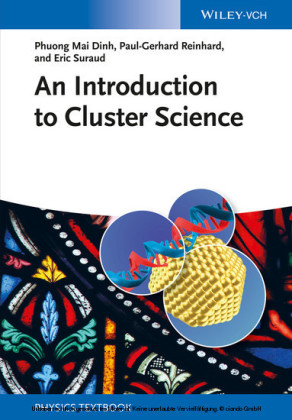
To provide an introduction to the structure and spectra of atoms and molecules and to prepare students for more advanced courses on Physics of Atoms, Molecules and Photons
Structure of Atoms
Review of Bohr’s theory, Sommerfeld model, Frank Hertz experiment and approximation methods.
One Electron System
Review of Schrodinger equation for hydrogen atom, Fermi Golden rule, Quantum numbers, Atoms in radiation field, Radiative transitions, Einstein coefficients, Selection rules, normal Zeeman effect, Stark effect, Hyperfine structure.
Many body Systems
Pauli exclusion principle, Periodic system of the elemments, Stern Gerlach experiment, Spin orbit coupling, Central field approximation, Hartree Fock methods and self consistent field, Thomas Fermi potential, LS coupling, jj coupling and other type of coupling, X-ray spectra.
Interaction with field
Many electron atoms in an electromagnetic field, Anomalous Zeeman effect, Paschen back effect, Stark effect.
Molecules
Ionic and covalent bonding, Diatomic molecules-rotational, vibrational, and electronic spectra; Born Oppenhimer approximation, Transition probabilities of diatomic molecules, electron spin and Hund’s cases, Polyatomic molecules (brief introduction), Raman effect, Hydrogen Molecular ion (LCAO approximation), Hydrogen molecule (Heitler London and molecular orbital theories)



Welcome to the Online Public Access Catalog (OPAC). This catalog provides you bibliographic information of print books available in all campus libraries of the University and provides you the facility of 2 types of searches; basic search and advance search to find the exact book or list of books you required.

